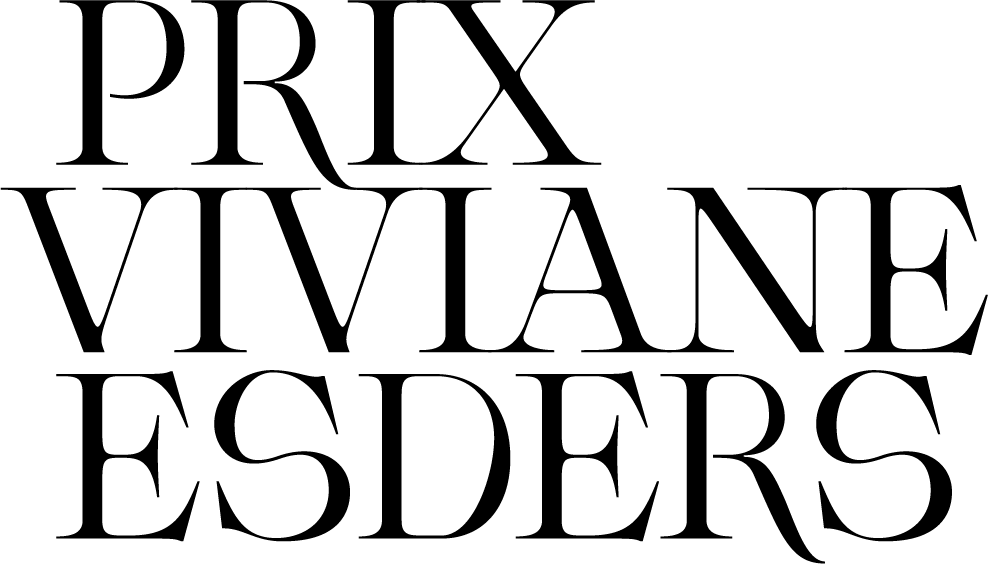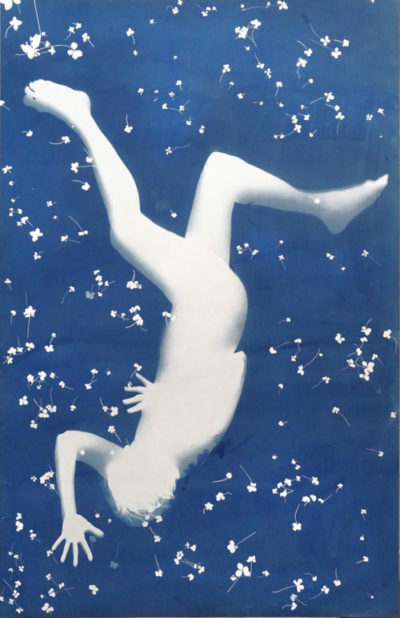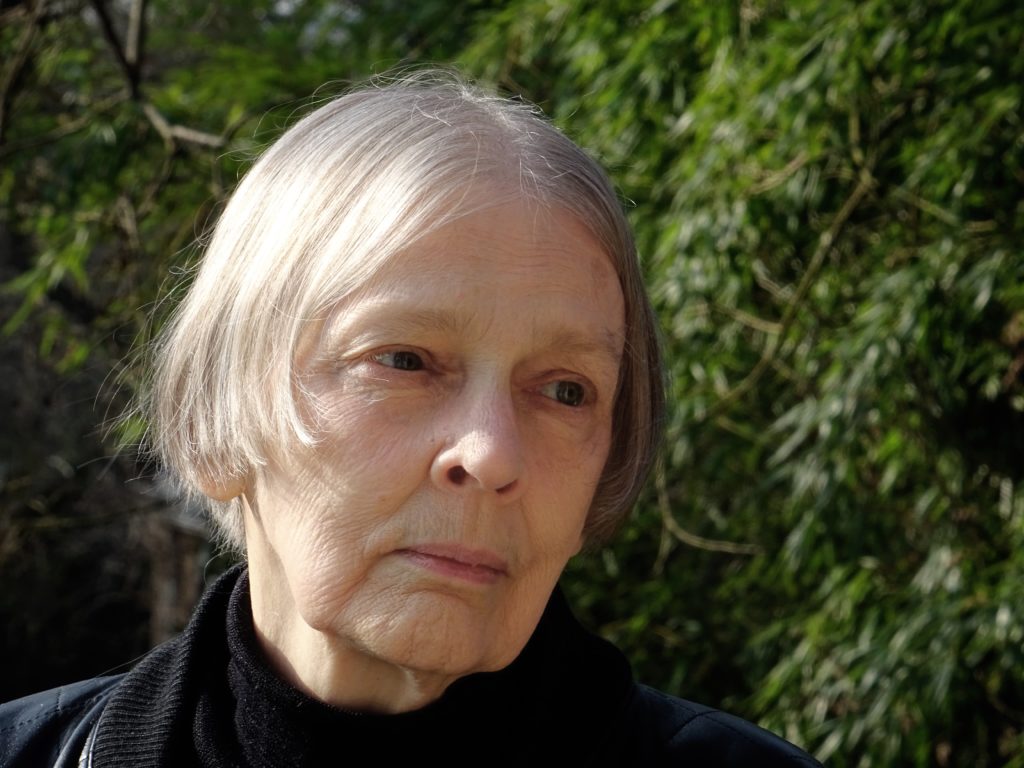
Born in Peru Indiana, USA, in 1941.
After studying drawing, painting and sculpture, as well as literature and psychology at New York’s Cooper Union, Nancy Wilson-Pajic abandoned the pictorial form for an interdisciplinary practice, with her first in situ interventions as early as 1965, in the interstices of everyday life, composed mainly of recorded texts. Her first New York exhibitions of object- and text-based installations, held at the pioneering feminist space A.I.R. and 112 GreeneStreet, attracted the attention of the avant-garde art community of the 1970s and paved the way for an international career. Wilson-Pajic photographed these early – and often ephemeral – installations primarily for archival purposes. However, quickly concluding that translating the work in space into pictorial form did not respect the original statement, she decided, upon her arrival in Paris in 1978, to explore the mechanisms by which the world is transformed into images, and the relationship of the photographic medium to information and representation.At this time, she began researching traditional photographic processes such as carbon prints, gum bichromate and cyanotypes, their relationship to the artistic subject and to writing.
Her first series combining these different disciplines and interrogations, entitled Le Cirque, was exhibited at the Centre Georges Pompidou in Paris in 1983. “The standard silver print had neither the permanence nor the exclusivity that corresponded to the definition of fine art at the time (“entirely by the hand of the artist”, Maison des Artistes). I therefore explored the possibilities of pigment printing, which, with its exemplary stability to light, pollution and time, required manual intervention and the artist’s interpretation. This work, and my reputation as an artist, were supported by a group of highly motivated curators, critics and civil servants, who strove to establish photography as an art form.
After a period of intense experimentation, I chose the gum bichromate process, which best suited my approach. Pigment printing processes gave old negatives the mysterious character inherent in their existence as memory. The material quality of the print adds an effect of distance to the image, which corresponds to the fact that it is the memory of a distant and inaccessible past.” From 1985 onwards, she decided to produce large-format works in pictorial form; in 1988, she completed her research with a color project that posed the questions of erasure, memory and its disappearance. The discovery of the photogram process opened up a new field of exploration in the relationship between the object and its document, which she explored in particular with clothing, in a perspective of presence and absence, with a commission for the new Lace Museum in Calais, then with dresses for Christian Lacroix Haute-Couture. By questioning the representative nature of photography and its relationship to text and other forms of information, Nancy Wilson-Pajic quickly established herself as a precursor of the artist photography movement:
“My work is concerned with the processes by which information accumulates and is transformed – through juxtaposition with other information, through memory and through the individual’s order of priorities. I have used sound recordings and written texts, videos and films, photographs, drawings and computer technologies – in installations, in book form and on the wall – to create mental spaces in which creative reflection can take place. “
Throughout her distinguished and singular career, Nancy Wilson-Pajic has participated in over 450 solo and group exhibitions in galleries and museums worldwide, and three retrospective exhibitions have been devoted to her work by contemporary art museums. Her work is included in the permanent collections of the Musée national d’art moderne (Paris), the Musée d’Élysée (Lausanne), the Fonds national d’art contemporain (Paris), the Bibliothèque nationale (Paris), the Museet for Fotokunst (Odense), the Nouveau musée national de Monaco, the Daelim Contemporary Art Museum (Seoul, Korea) and the Musée Réattu (Arles), to name but a few.
In 1996, Nancy Wilson-Pajic was named Chevalier de l’Ordre des Arts et des Lettres.
Portfolio
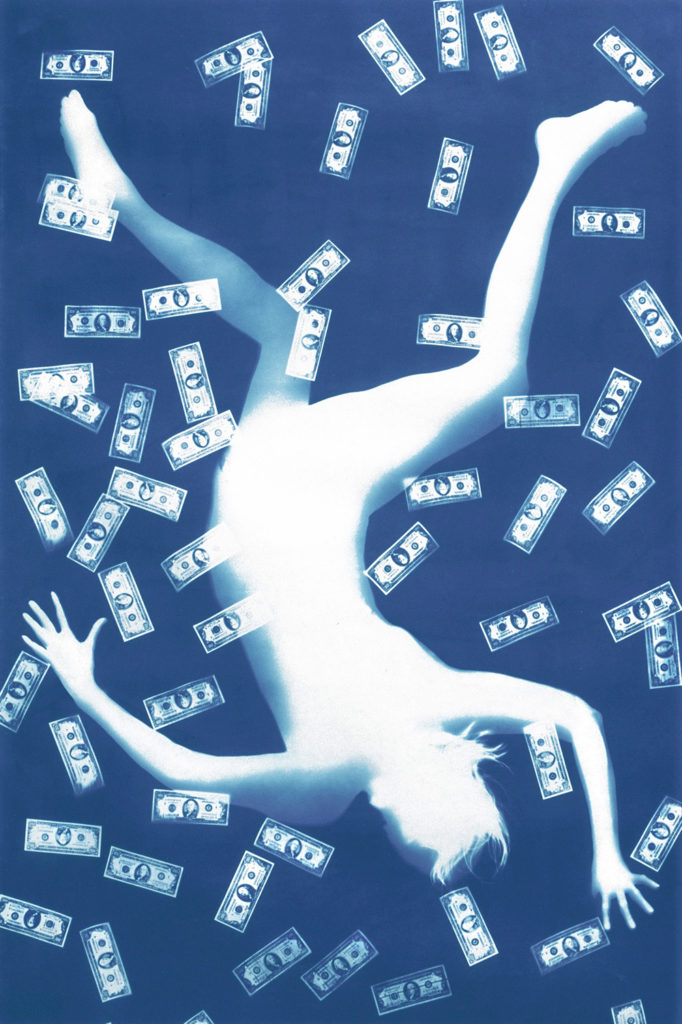
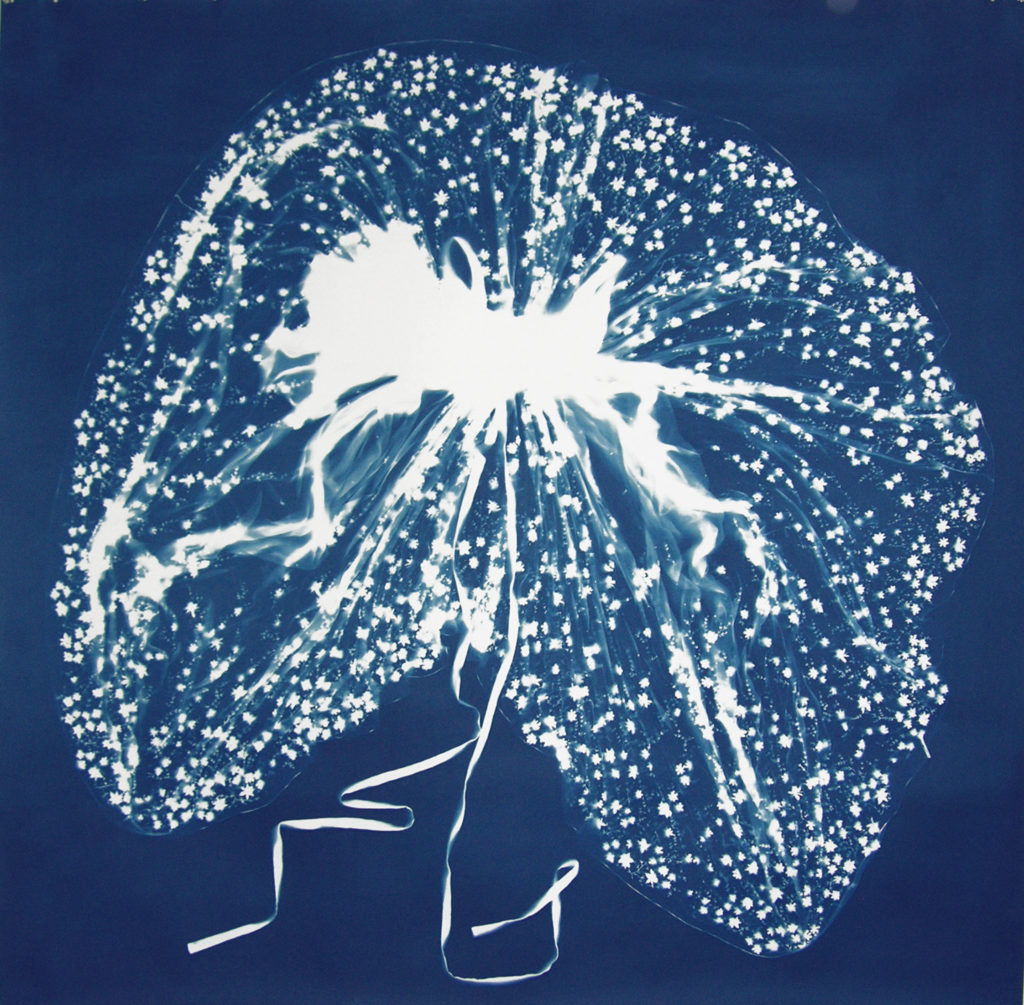
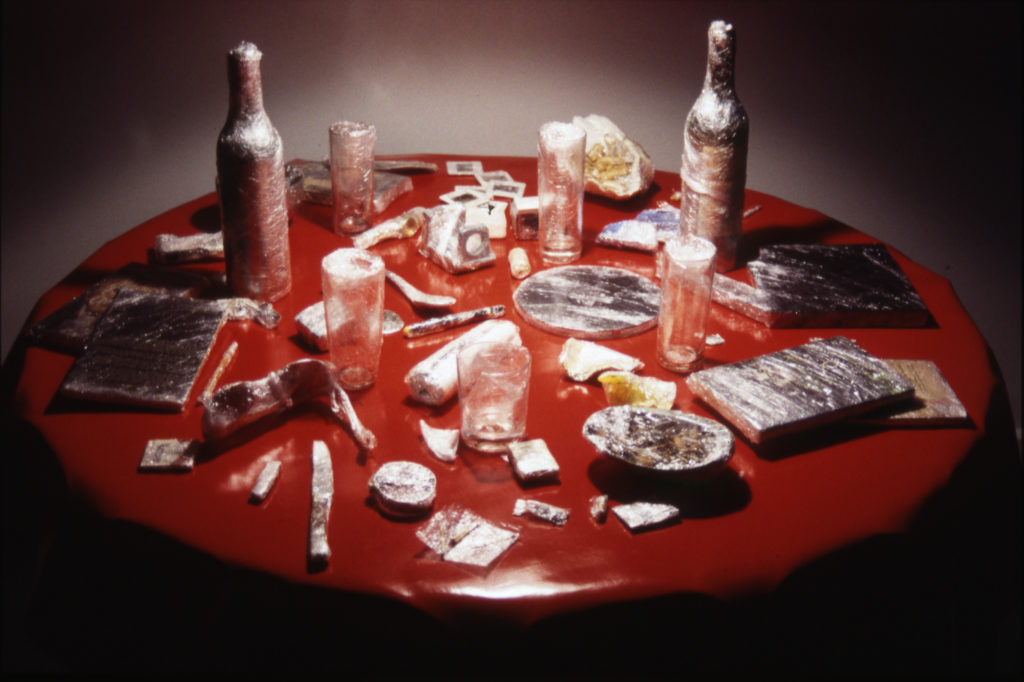
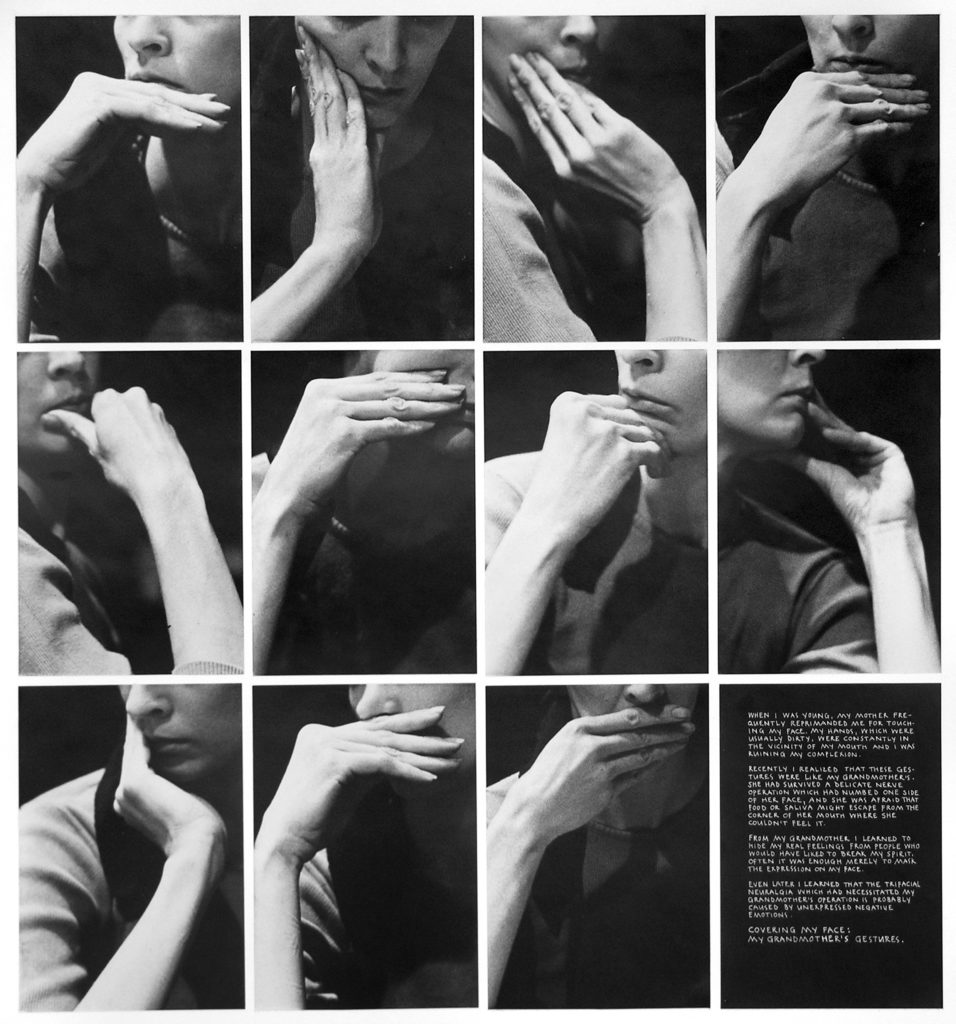


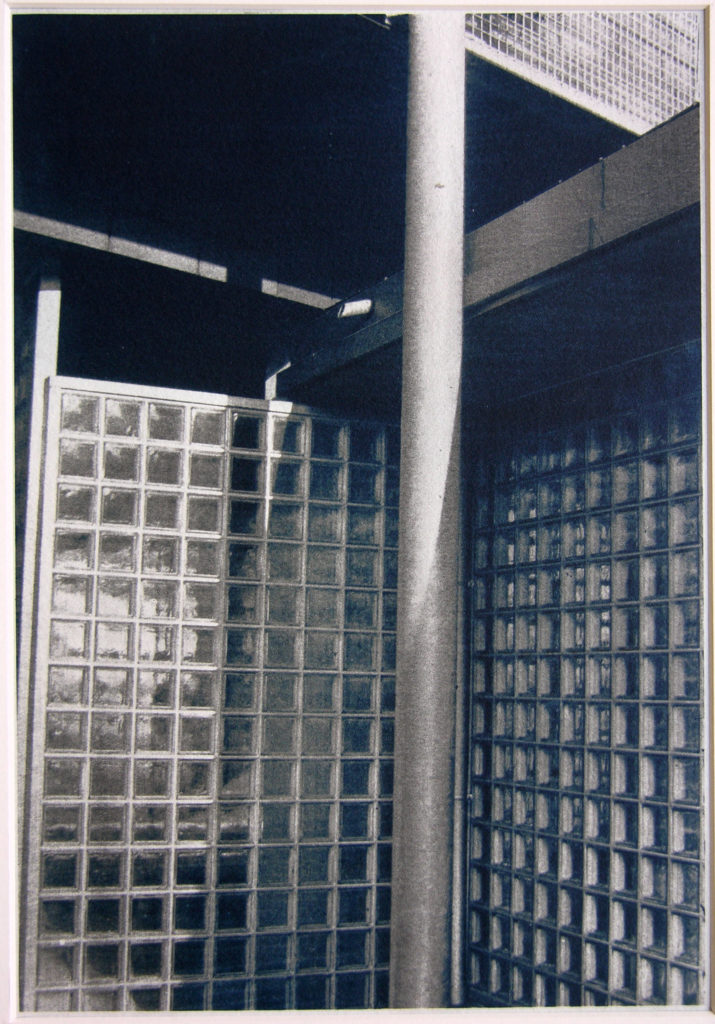
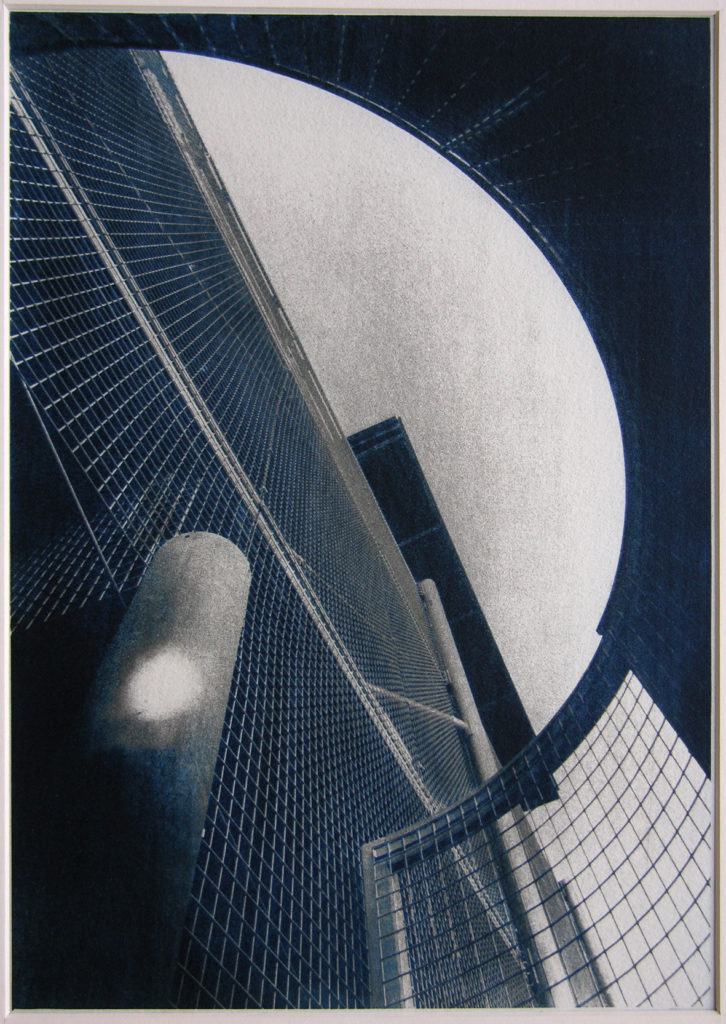
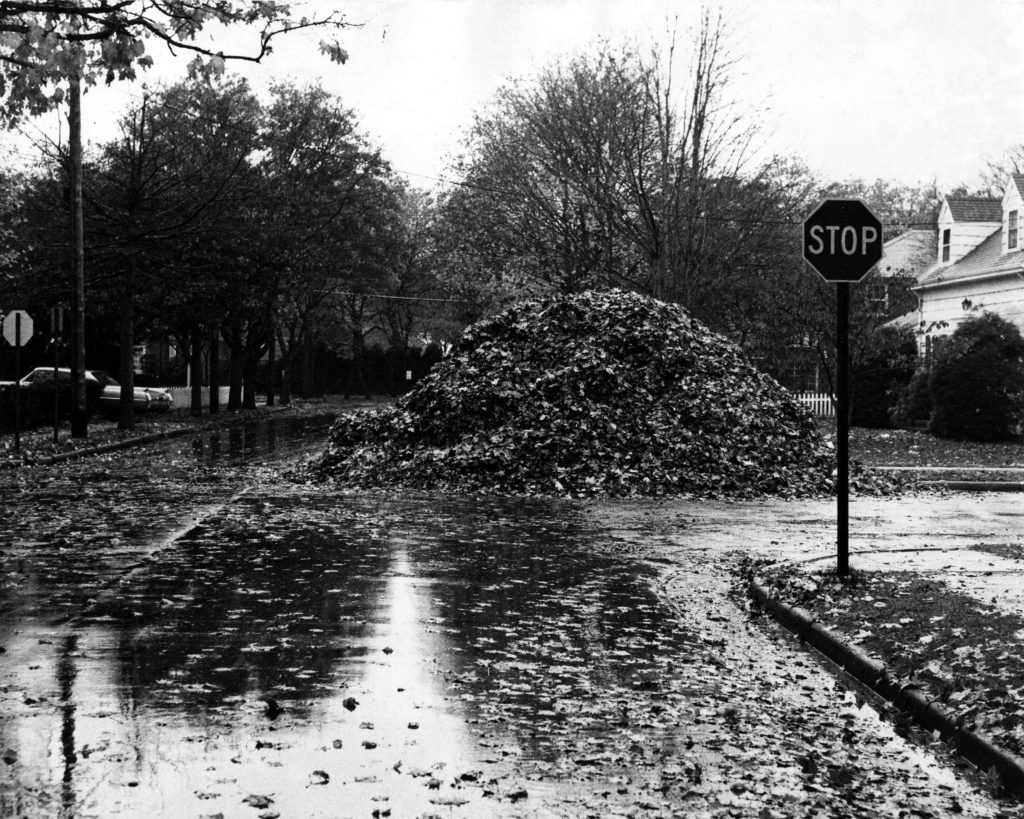

 Novum Lumen
Novum Lumen

 Centre Pompidou
Centre Pompidou
 École de Gramat, mottini
École de Gramat, mottini
 École de Gramat, mottini
École de Gramat, mottini
 Le Cirque
Le Cirque
 Kitchen table
Kitchen table
 Leaf installation
Leaf installation
